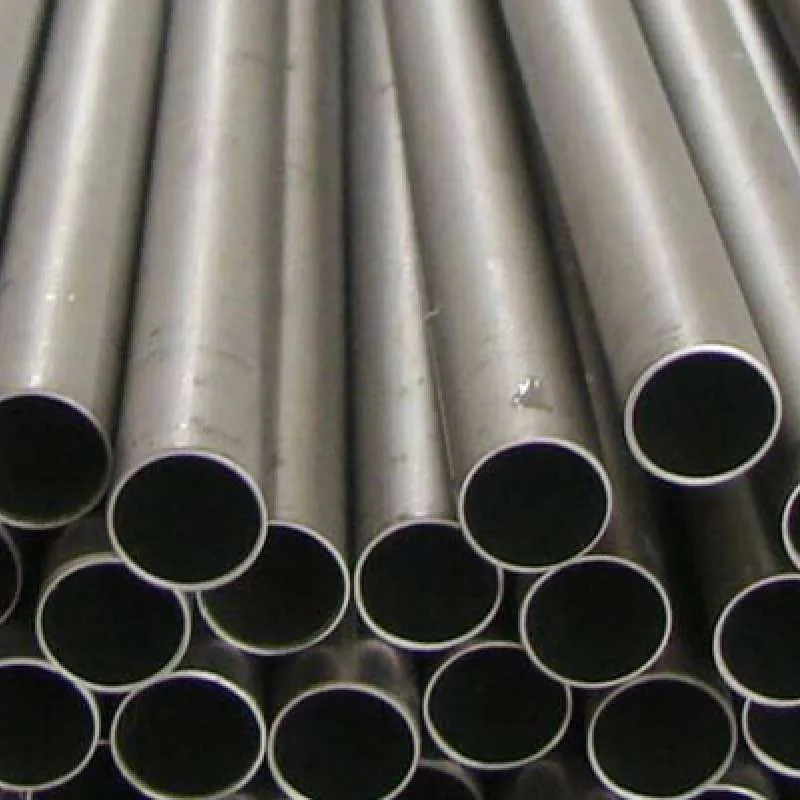-
Cangzhou Yulong Steel Co., Ltd.
-
Phone:
+86 13303177267 -
Email:
admin@ylsteelfittings.com
- English
- Arabic
- Italian
- Spanish
- Portuguese
- German
- kazakh
- Persian
- Greek
- French
- Russian
- Polish
- Thai
- Indonesian
- Vietnamese
- Zulu
- Korean
- Uzbek
- Hindi
- Serbian
- Malay
- Ukrainian
- Gujarati
- Haitian Creole
- hausa
- hawaiian
- Hebrew
- Miao
- Hungarian
- Icelandic
- igbo
- irish
- Japanese
- Javanese
- Kannada
- Khmer
- Rwandese
- Afrikaans
- Albanian
- Amharic
- Armenian
- Azerbaijani
- Basque
- Belarusian
- Bengali
- Bosnian
- Bulgarian
- Catalan
- Cebuano
- China
- China (Taiwan)
- Corsican
- Croatian
- Czech
- Danish
- Esperanto
- Estonian
- Finnish
- Frisian
- Galician
- Georgian
- Kurdish
- Kyrgyz
- Lao
- Latin
- Latvian
- Lithuanian
- Luxembourgish
- Macedonian
- Malgashi
- Malayalam
- Maltese
- Maori
- Marathi
- Mongolian
- Myanmar
- Nepali
- Norwegian
- Norwegian
- Occitan
- Pashto
- Dutch
- Punjabi
- Romanian
- Samoan
- Scottish Gaelic
- Sesotho
- Shona
- Sindhi
- Sinhala
- Slovak
- Slovenian
- Somali
- Sundanese
- Swahili
- Swedish
- Tagalog
- Tajik
- Tamil
- Tatar
- Telugu
- Turkish
- Turkmen
- Urdu
- Uighur
- Welsh
- Bantu
- Yiddish
- Yoruba

Aug . 28, 2024 02:14 Back to list
Threaded Fittings Standards - Comprehensive Guide
Understanding Threaded Fittings Standards
Threaded fittings play a crucial role in various piping systems, providing connections that are essential for the safe and efficient transportation of fluids and gases. These fittings have standardized specifications to ensure compatibility, reliability, and safety across different applications. In this article, we will explore the significance of threaded fittings standards, the common types, and their applications.
Understanding Threaded Fittings Standards
The American National Standards Institute (ANSI) and the American Society for Testing and Materials (ASTM) are two of the major organizations that develop and maintain standards for threaded fittings. ANSI/ASME B1.20.1, for example, specifies the requirements for pipe threads, including the taper and dimensions of the threads used in these fittings. This standard ensures that fittings from different manufacturers can be used interchangeably without issues.
threaded fittings standard

One of the most common types of threaded fittings includes male and female connectors, which are utilized in a wide range of systems. Male fittings have protruding threads that can be screwed into female fittings, which hold internal threads. Other common types include elbows, tees, and caps, which allow for directional changes in piping routes or serve to close off pipes. The versatility of these fittings makes them suitable for numerous industries, including plumbing, oil and gas, and manufacturing.
The material used for threaded fittings is also governed by standards. Common materials include stainless steel, carbon steel, and brass, each chosen based on the specific requirements of the application, such as resistance to corrosion, pressure ratings, and temperature tolerances. For instance, in chemical handling applications, fittings made from corrosion-resistant materials are imperative to ensure system durability and safety.
Safety is paramount when working with threaded fittings. Improper assembly or the use of substandard components can result in catastrophic failures. Thus, adherence to established standards is critical. These standards often include testing methods to evaluate the strength and integrity of the fittings under various conditions, ensuring that they meet or exceed the required performance criteria.
In conclusion, the standards that govern threaded fittings are essential for achieving safe and efficient operations in a multitude of industries. By ensuring compatibility and reliability, these standards facilitate the global exchange of components and contribute to overall system safety. As industries evolve and new materials and technologies emerge, it is likely that these standards will continue to adapt, ensuring that threaded fittings maintain their crucial role in fluid and gas transport systems. Whether in residential plumbing or industrial applications, understanding and adhering to these standards is key to successful and safe system design.
Latest news
-
ANSI 150P SS304 SO FLANGE
NewsFeb.14,2025
-
ASTM A333GR6 STEEL PIPE
NewsJan.20,2025
-
ANSI B16.5 WELDING NECK FLANGE
NewsJan.15,2026
-
ANSI B16.5 SLIP-ON FLANGE
NewsApr.19,2024
-
SABS 1123 FLANGE
NewsJan.15,2025
-
DIN86044 PLATE FLANGE
NewsApr.19,2024
-
DIN2527 BLIND FLANGE
NewsApr.12,2024
-
JIS B2311 Butt-Welding Fittings LR/SR 45°/90° /180°Seamless/Weld
NewsApr.23,2024











